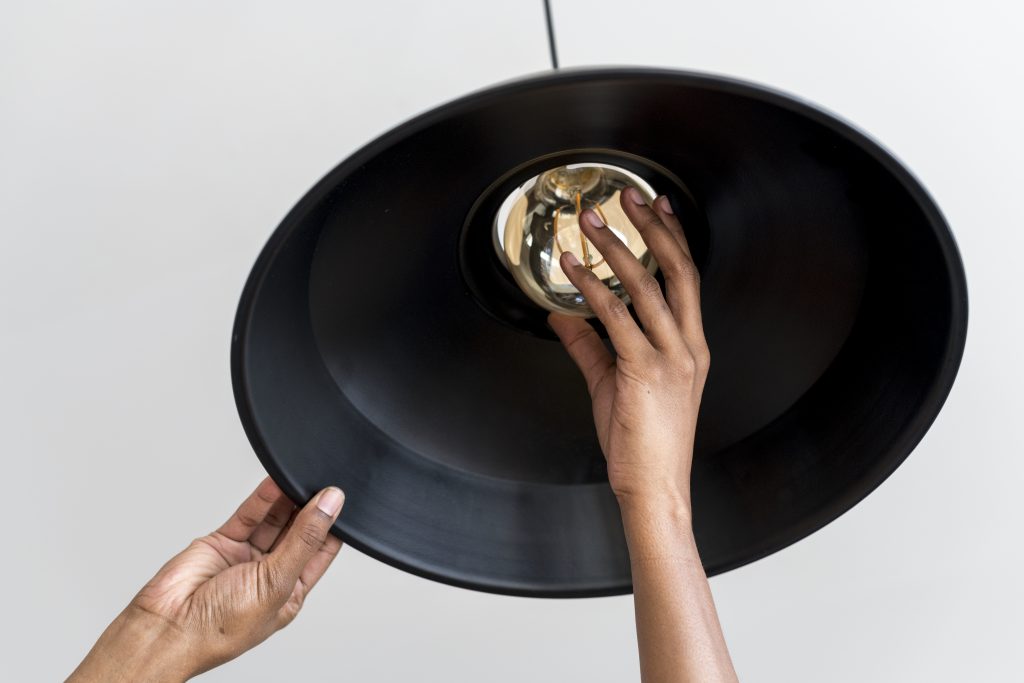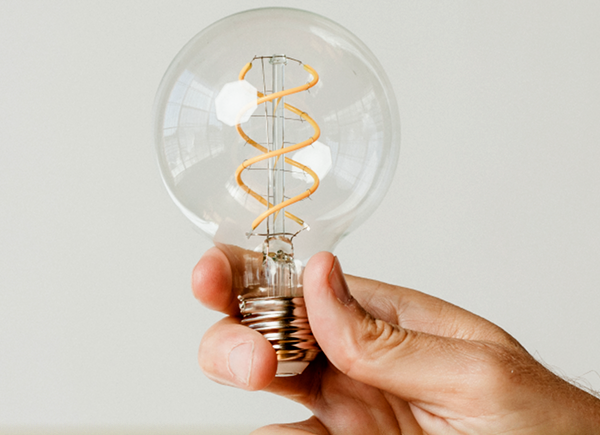UK energy bills soar higher every year and the average family spends more than £1,200 per year on their gas heating and water, making energy one of the biggest annual household costs.
There are many ways to save money on your energy bills, including turning down your thermostat by 1 degree because it could save you up to £60 per year, as discussed in ‘How to Beat the Rising Cost of Energy Bills’. This is one of the most effective and free ways of cutting down on your heating bill. However, in this article, we’d like to look at some home upgrades than can save you even more energy and money in the long run.
Replace your old boiler
Boilers can be energy hogs and consume up to 55-60% of your annual energy bills, even more so if they are old and need to be replaced. Most people don’t realise that a modern, high efficiency A-rated condensing gas boiler with room thermostat can help to cut up to £570 per year, from your energy bill, according to the Telegraph.
While the cost of upgrading may be expensive at the start (expect to pay anywhere from £1,500+), you’ll be saving both money and energy in the long run. Additionally, with the legal requirements that all new boilers need to be condensing models, it might be time to look at replacing your old boiler.
With this in mind, Homeserve advise checking if your boiler needs to be switched to a more modern unit to reduce wasting energy and to save you money. A condensing boiler converts more wasted energy into heat and is at least 90% efficient, compared to a boiler that is 15-years-old and only 70% efficient.

LED lighting
With lighting accounting for about 15% of a typical household’s energy bill, upgrading to LED light bulbs will use up almost 90% less energy than traditional incandescent bulbs.
LED light bulbs only cost around £1.55 to run per year, compared to almost £10 for an incandescent, and will last for 25 years as opposed to less than two years. As for the initial cost, you’re only looking at around £5 per light bulb and they will pay for themselves in energy savings in just a few short months. LED light bulbs also use only 2-17 watts of electricity, that’s one-third to one-thirtieth less than incandescent bulbs.
Smart heating controls
Upgrading your thermostats and heating control to new electronic Internet of Things (IoT) smart devices may set you back £200 to £300. However, This is Money explains that they could save you as much as £250, off your annual bill.
Smart heating controls monitor your energy usage much more accurately and will help you form better habits resulting in significant savings. Adding smart controls won’t require you to overhaul your current system and most are a fairly straightforward DIY project.
Another advantage is that you can access them remotely from anywhere through a mobile device, and some even have sensors that will adapt your heating patterns to your habits to more efficiently heat your home.
Low flow water saving taps
Replacing old leaky faucets and taps with low flow alternatives is always a good idea, especially if you’re on a water metre.
Considering that heating your water can account for 15% of your energy bill, new water-efficient taps and shower heads could save you up to £75 on your gas bill and £120 off your water bill annually (if you’re on a metre). New aerated tap and shower head designs use a lot less water (about 2 litres per minute as opposed to 15 to 18) and give the impression of fast flow rate by enriching the water with thousands of air bubbles.
Energy efficient appliances
Appliances also contribute to high energy bills, from fridge-freezers to washing machines and dryers; the average home now uses 13 electronic appliances (including TVs, laptops, etc.).
In fact, fridge freezers account for around 20% of the electricity usage in your home, so upgrading your old appliances can save you quite a bit on your energy bill. Real Homes advise that an A+++ rated energy-efficient unit costs just £30 a year, while an older unit may cost you £115. To help you choose, all new appliances now display a colour coded energy efficiency chart, with dark green as the most efficient and red as the least.
Additionally, the label also displays the kWh usage, which will further simplify comparisons when looking at the various other energy saving options available.




